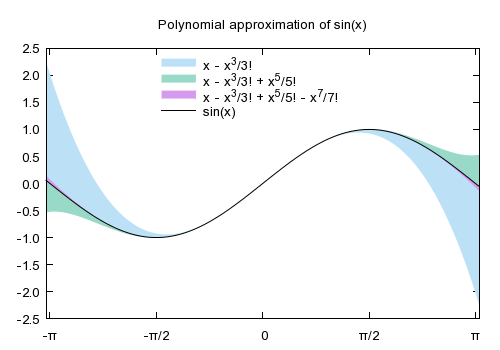

to use columns 1 and 3: hence we use the command u 1:3 to plot T and compare to the out file. AddDataset ( dataset ) // Open the plot file. This is a small tutorial for gnuplot use with Basilisk. The next useful step is to be able to plot or more.
#Gnuplot script file full#
If the option gnuplotoutfile is set to filename, gnuplot writes the PostScript. The full command now would be plot FILENAME u 2:3 w l to plot columns 2 and 3 of file FILENAME, with lines.
#Gnuplot script file driver#
for ( x = - 5.0 x <= + 5.0 x += 1.0 ) // Add the dataset to the plot. Discrete data contained in a file can be displayed by specifying the name of the data file (enclosed in quotes) on the plot or splot command line. The PostScript terminal driver in gnuplot version 4.2 loads prolog information from external files into each PostScript file output by gnuplot. Gnuplot generates commands in the PostScript page description language. SetStyle ( Gnuplot2dDataset :: LINES_POINTS ) double x double y // Create the 2-D dataset. AppendExtra ( "set xrange " ) // Instantiate the dataset, set its title, and make the points be // plotted along with connecting lines.

SetLegend ( "X Values", "Y Values" ) // Set the range for the x axis. SetTerminal ( "png" ) // Set the labels for each axis. If file names are given on the command line, gnuplot loads and executes each file in. SetTitle ( plotTitle ) // Make the graphics file, which the plot file will create when it // is used with Gnuplot, be a PNG file. DESCRIPTION Gnuplot is a command-driven interactive plotting program. Std :: string fileNameWithNoExtension = "plot-2d" std :: string graphicsFileName = fileNameWithNoExtension + ".png" std :: string plotFileName = fileNameWithNoExtension + ".plt" std :: string plotTitle = "2-D Plot" std :: string dataTitle = "2-D Data" // Instantiate the plot and set its title.


 0 kommentar(er)
0 kommentar(er)
